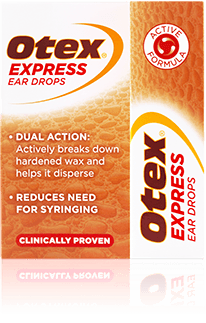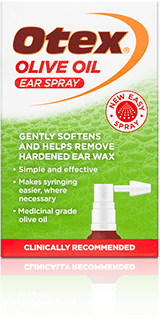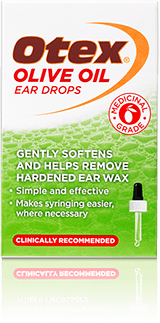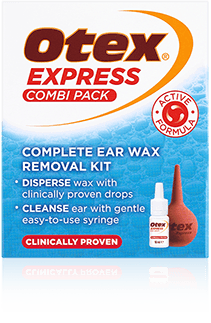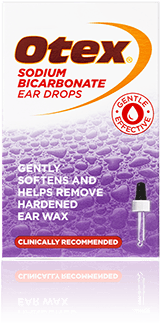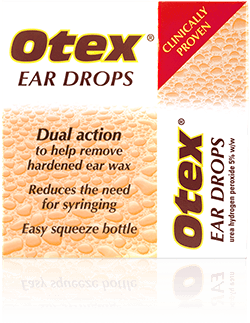Try these three GP-free ear wax treatments
It’s estimated that 2.3 million people need ear wax treatment every year. However, since January 2024, the NHS have stopped offering treatment in 7 areas of the UK2. This means people are losing access to free ear wax treatment, and those who can’t afford to go private may be turning to more dangerous methods of self-removal.
With that in mind, it’s worth exploring other options for treating ear wax build up at home without needing to see a doctor.
So how do you know if you’re suffering with ear wax build up, how can you treat it at home, and what should you avoid? Let’s break it all down.
The signs and symptoms
Ear wax build up can feel uncomfortable. You may feel a fullness inside your ear, and your hearing may be dulled. You may also feel dizziness or vertigo. If you’re experiencing these symptoms, it’s best to read on and explore the safe at home treatment options.
If you’re experiencing pain, tinnitus, swelling, itching or discharge from your ear canal, your symptoms may be caused by something more serious such as an ear infection. At this point, it’s important to see your GP who can advise the correct course of treatment.
Treatment options at home
Try these three different Otex ear wax treatment methods if you’re experiencing problem ear wax build up:
1. Otex Express
These are the nation’s best-selling ear wax removing drops. They’re available to buy over the counter from supermarkets, pharmacies and online – as and when you need them. Formulated with urea hydrogen peroxide, the drops work in as little as 3-4 days to effectively break down hardened wax so it can fall more easily from the ear. Treat once or twice per day while symptoms clear.
2. Otex Olive Oil
The NHS recommends olive oil as the first course of treatment for ear wax build up. It works by moistening impacted wax to soften it. This helps the body naturally remove it from the ear over the course of up to 14 days. However, it’s important to use the correct kind of olive oil, and not just what’s found on your kitchen counter. Otex Olive Oil uses medical grade olive oil to effectively and safely soften hardened ear wax.
3. Otex Sodium Bicarbonate
Otex Sodium Bicarbonate ear drops are clinically recommended to gently and effectively soften impacted ear wax. It should be used twice daily for up to 5 days, and can be purchased off the shelf in supermarkets, pharmacies and online.
What to avoid
It goes without saying that putting things into your ears is not a good idea. In fact, using things like cotton buds and otoscopes on yourself can not only worsen your symptoms, but risks damaging your delicate ears permanently.
Cotton buds can push problem wax deeper into the ear canal, which increases the likelihood of wax build up. Ear wax removal devices, often comprising of a camera and ear wax removal ‘tools’, can scrape the delicate skin inside your ear canal, leaving you vulnerable to infection. Both pose the risk of perforating your ear drum, too. This could lead to permanent damage to your hearing.
As a rule, you shouldn’t have to clean your ears manually unless you’re experiencing the symptoms of ear wax build up. Ears clean themselves, and the whole point of ear wax is to keep your ear canal clean and the delicate skin inside healthy. You should only reach for ear drops if you have problem ear wax build up.
If you’re still experiencing symptoms after this, you can look into professional treatments from audiologists such as microsuction. But leave these techniques up to the experts, to avoid causing more harm than good to your ears.
2 https://www.bbc.co.uk/news/health-68071665
Sources:
Browse the Otex range
Find the right product for you.
